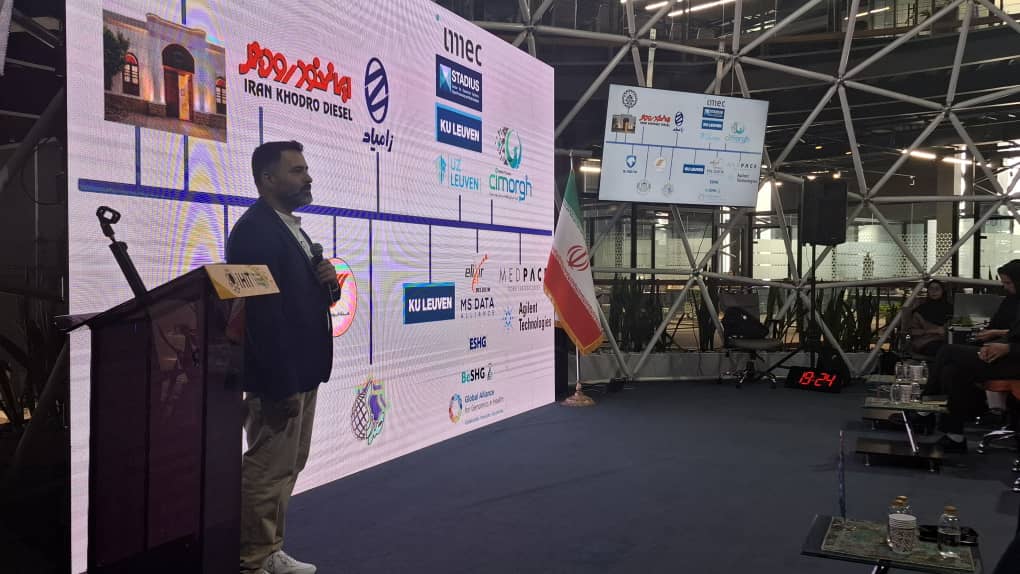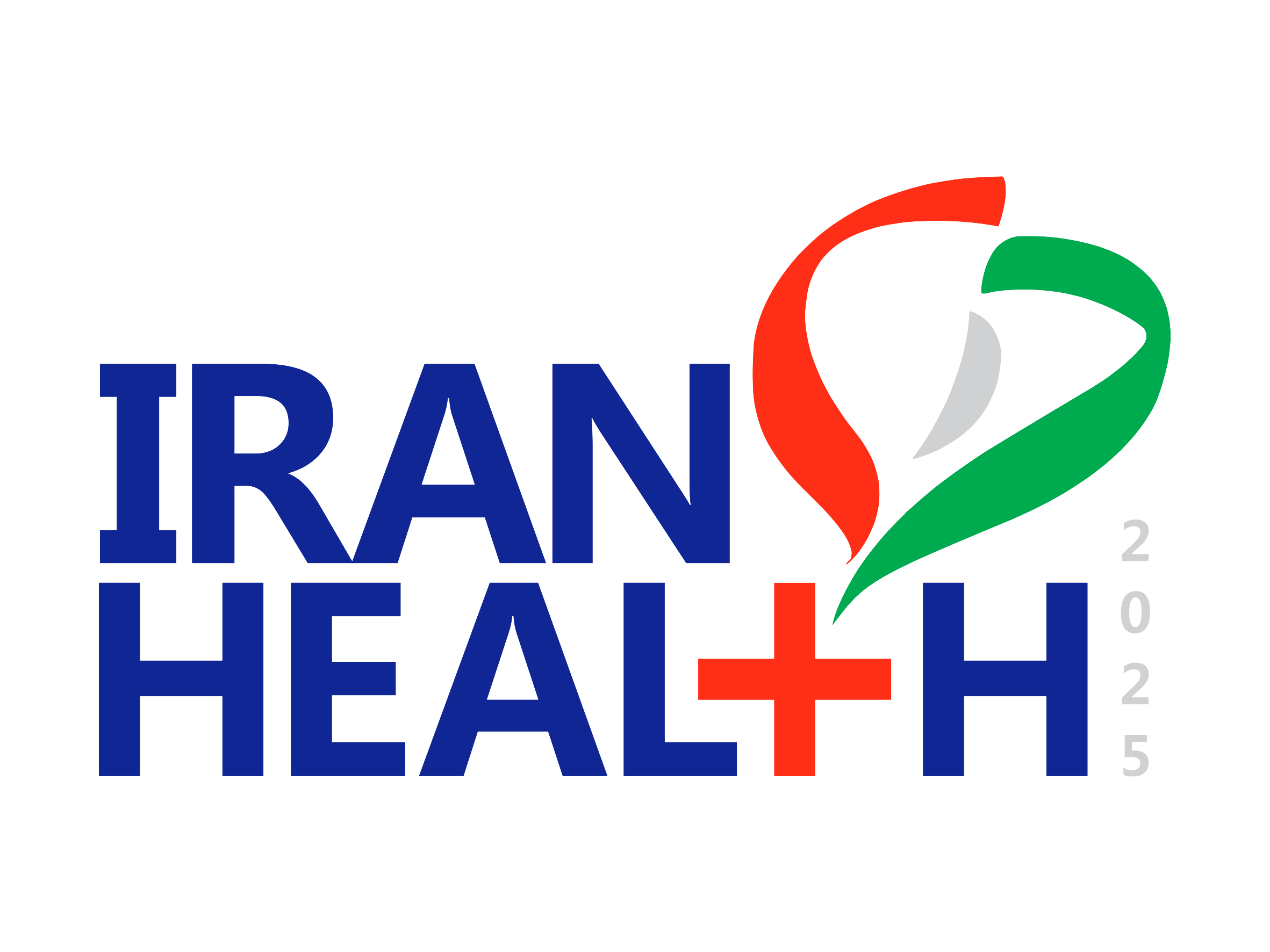A Unique Homecoming: From Earning a PhD in Europe to Launching an Iranian Bioinformatics Platform

June 11, 2025 – At the Iran Health Exhibition 2025, the International Scientific and Technological Cooperation Development Organization hosted the Connect Forum, focusing on expanding international scientific and technological collaboration. Dr. Amin Ardeshir Davani, CEO and founder of Navid Simorgh Technologists and holder of a PhD in Bioinformatics from KU Leuven, Belgium, shared his journey from doctoral studies abroad to building a pioneering genetics platform in Iran.
Born in Shiraz in 1979, Davani recounted his early years, high school at Sa’adat School in Bushehr, initial work in Iran’s automotive industry, and his decision in 2009 to pursue advanced studies in Belgium for its blend of academic prestige and applied research. His master’s thesis—focused on optimizing protein identification for pharmaceutical applications—laid the groundwork for his doctoral research, despite initial setbacks and the challenge of bridging academic research and industry needs.
Davani emphasized that impactful innovation lies at the intersection of research and industry, noting that only a small overlap drives substantial change. He participated in multiple high-impact academic projects and publications before deciding to pivot from research to the genetics industry, motivated by a desire to serve Iran.
Returning to Iran in 2017 with a young child was a difficult decision, but Davani was determined to advance innovation at home. He likened Iran’s innovation ecosystem to a complex subway system: while seemingly simpler than others, its true complexity lies in the interplay between its elements. He highlighted the unique challenges of Iran’s startup environment, especially in genetics, but stressed the importance of continual progress.
Davani established Simorgh, initially aiming to offer comprehensive genetic services. The company soon focused on rare diseases and, more recently, cancer, which remains a major health challenge in Iran and globally. Starting with a three-person team, Simorgh has grown to about 20 members, offering nearly complete genetic services despite ongoing challenges.
A major obstacle has been restricted access to genetic sequencing equipment due to sanctions. However, the falling cost of sequencing and rising data volumes led Simorgh to develop a proprietary software platform tailored to Iran’s network infrastructure, ensuring secure data transfer and accessibility for specialists.
Davani credited his growing team and local networks for overcoming hurdles, securing knowledge-based company status, and achieving technology certification from the Health Technology Park. Membership in the Iranian Genetics Society, with support from leading scientists, was also pivotal.
He acknowledged the complexities of Iran’s market—from traditional structures to slow adoption of new economic models—and the persistence of a “shortcut mentality” in academia and industry. Davani underlined the importance of maintaining quality and fair pricing, even as intermediaries sometimes disrupt healthy market dynamics.
Concluding, Davani identified proper pricing as his foremost challenge and reaffirmed Simorgh’s commitment to sustainable growth and quality in Iran’s genetic health sector.
